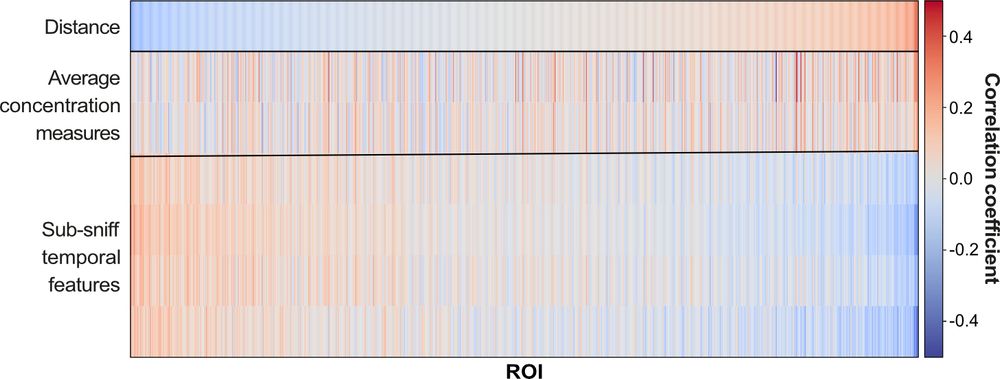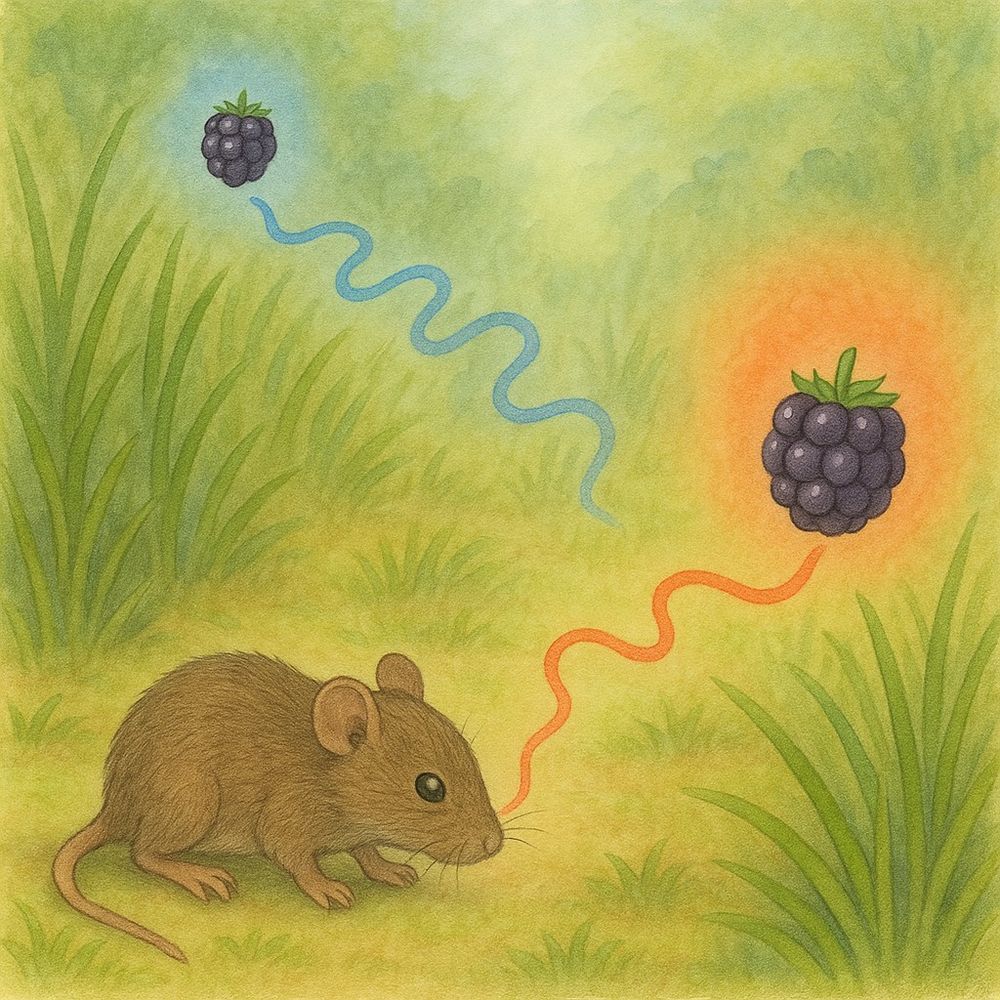Tobias Ackels
@tobiasackels.bsky.social
Asst. Prof. at the University of Bonn, Germany. Interested in sensory neurophysiology and behaviour with a focus on olfaction
Happy to share of course :-)
November 9, 2025 at 8:23 PM
Happy to share of course :-)
I just ordered one of these. We needed a new drill anyways and it comes at an ok price. Curious to see whether their auto stop feature actually works
stoeltingco.com/Neuroscience...
stoeltingco.com/Neuroscience...

Stoelting Stereotaxic Drill with Auto Stop
A Drill designed to prevent damage to the brain when drilling through the skull.
stoeltingco.com
November 9, 2025 at 8:16 PM
I just ordered one of these. We needed a new drill anyways and it comes at an ok price. Curious to see whether their auto stop feature actually works
stoeltingco.com/Neuroscience...
stoeltingco.com/Neuroscience...
Woohoo! Congratulations 🎉
September 5, 2025 at 5:59 AM
Woohoo! Congratulations 🎉
6/6 🧪 A fantastic collaboration with @juliajadeharris.bsky.social, Debanjan Dasgupta, Andrew Erskine & Tom Warner. Many thanks to all involved!
📄 Preprint: www.biorxiv.org/content/10.1...
💻 Code: github.com/ackels-lab/Odour_distance_paper
📄 Preprint: www.biorxiv.org/content/10.1...
💻 Code: github.com/ackels-lab/Odour_distance_paper

Mice discriminate odour source distance via sub-sniff temporal features of odour plumes
Rodents rely on olfaction to navigate complex environments, particularly where visual cues are limited. Yet how they estimate the distance to an odour source remains unclear. The spatiotemporal dynami...
www.biorxiv.org
May 18, 2025 at 8:41 AM
6/6 🧪 A fantastic collaboration with @juliajadeharris.bsky.social, Debanjan Dasgupta, Andrew Erskine & Tom Warner. Many thanks to all involved!
📄 Preprint: www.biorxiv.org/content/10.1...
💻 Code: github.com/ackels-lab/Odour_distance_paper
📄 Preprint: www.biorxiv.org/content/10.1...
💻 Code: github.com/ackels-lab/Odour_distance_paper
5/6 Neural responses were better predicted by rapid temporal fluctuations in the plume than by average concentration. This suggests that the dynamic plume structure serves as a core sensory cue for distance.

May 18, 2025 at 8:41 AM
5/6 Neural responses were better predicted by rapid temporal fluctuations in the plume than by average concentration. This suggests that the dynamic plume structure serves as a core sensory cue for distance.
4/6 We further used in vivo 2-photon calcium imaging to record mitral and tufted cell activity in the olfactory bulb and found that a subset of neurons showed distance-dependent responses, and that population activity reliably encoded odour source distance.

May 18, 2025 at 8:41 AM
4/6 We further used in vivo 2-photon calcium imaging to record mitral and tufted cell activity in the olfactory bulb and found that a subset of neurons showed distance-dependent responses, and that population activity reliably encoded odour source distance.
3/6 These findings show that mammals can extract spatial information from fast, complex odour dynamics, highlighting the role of rapid temporal processing in olfaction.

May 18, 2025 at 8:41 AM
3/6 These findings show that mammals can extract spatial information from fast, complex odour dynamics, highlighting the role of rapid temporal processing in olfaction.
2/6 Using a wind tunnel and olfactory virtual reality, we presented dynamic plumes with complex airflow structure. Through automated, high-throughput behavioural experiments, mice learned to distinguish near vs. far odour sources.

May 18, 2025 at 8:41 AM
2/6 Using a wind tunnel and olfactory virtual reality, we presented dynamic plumes with complex airflow structure. Through automated, high-throughput behavioural experiments, mice learned to distinguish near vs. far odour sources.
1/6 Rodents use olfaction to navigate, especially when vision is limited. But how do they estimate the distance to an odour source?
Our new study shows that mice can estimate the distance to an odour source using sub-sniff temporal features in naturalistic odour plumes.
Our new study shows that mice can estimate the distance to an odour source using sub-sniff temporal features in naturalistic odour plumes.

May 18, 2025 at 8:41 AM
1/6 Rodents use olfaction to navigate, especially when vision is limited. But how do they estimate the distance to an odour source?
Our new study shows that mice can estimate the distance to an odour source using sub-sniff temporal features in naturalistic odour plumes.
Our new study shows that mice can estimate the distance to an odour source using sub-sniff temporal features in naturalistic odour plumes.
Herzlichen Glückwunsch!
March 7, 2025 at 5:58 PM
Herzlichen Glückwunsch!


